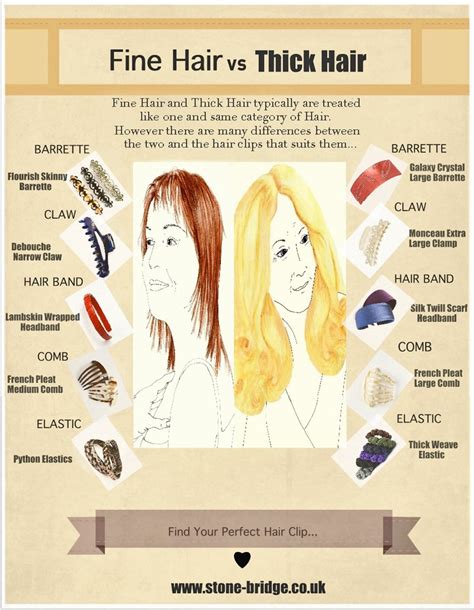Understanding the Basics
The scalp, a vital part of our anatomy responsible for hair growth, varies widely in its nature. Two primary categories emerge: fine and thick scalps. Understanding their distinct characteristics is paramount for optimal hair care.

Fine Scalp: Delicate and Fragile
A fine scalp is characterized by a lower density of hair follicles, ranging from 100 to 150 hairs per square centimeter (cm²), as reported by the Journal of the American Academy of Dermatology. The finer hair shafts are prone to breakage and damage due to their delicate structure.
Characteristics of a Fine Scalp
- Low hair follicle density
- Thin, wispy hair shafts
- Prone to breakage and tangling
- Oily or combination skin
Thick Scalp: Dense and Resilient
In contrast, a thick scalp boasts a higher hair follicle density, with an average of 200 to 300 hairs per cm². The thicker hair shafts are more robust and less susceptible to breakage.
Characteristics of a Thick Scalp
- High hair follicle density
- Thick, strong hair shafts
- Resistant to breakage and damage
- Dry or normal skin
Consequences of Fine and Thick Scalps
Fine Scalp
- Volume deficiency
- Susceptibility to scalp irritation
- Difficulty maintaining style
Thick Scalp
- Excessive hair growth
- Potential for scalp buildup
- Heat sensitivity
Hair Care Regimens
Tailoring hair care routines to scalp type is essential for maintaining healthy and vibrant hair.
Fine Scalp
- Use volumizing shampoos and conditioners
- Avoid heavy styling products
- Opt for regular trims to prevent split ends
- Protect hair from environmental damage with UV sprays
Thick Scalp
- Clarifying shampoos to remove buildup
- Exfoliating scrubs to remove dead skin cells
- Deep conditioning treatments for moisture
- Scalp massages to stimulate blood flow
Treatment Options
In cases of extreme scalp conditions, such as hair loss or excessive oil production, medical interventions may be necessary.
Fine Scalp
- Minoxidil to promote hair growth
- Laser therapy to stimulate follicles
Thick Scalp
- Finasteride to reduce hair follicle sensitivity
- Scalp injections to control oil production
Styling Tips for Fine and Thick Scalps
Fine Scalp
- Teasing and backcombing for volume
- Hairstyles that create the illusion of fullness, such as bobs and layers
- Blow-drying upside down for root lift
Thick Scalp
- Layers and thinning shears to reduce bulk
- Styling products to control frizz and flyaways
- Braiding and buns to manage excessive hair
Conclusion
Understanding the differences between fine and thick scalps is crucial for achieving optimal hair health and style. By tailoring hair care routines and utilizing appropriate styling techniques, individuals can embrace the unique characteristics of their scalps and enjoy full, vibrant hair.
